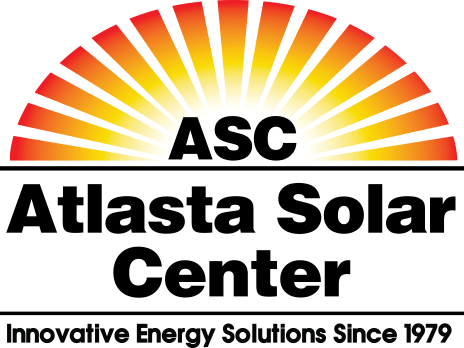
The future of solar energy represents a transformative prospect for homeowners wanting to reduce their carbon footprint and energy costs. With advancements in technology making solar panels more efficient and affordable than ever, switching to solar power is becoming an increasingly viable option. This sustainable energy source provides an environmentally friendly alternative to traditional fossil fuels and offers long-term financial benefits and energy independence. Read on to discover everything you should know about the future of solar energy.
The Current State of Solar Energy
Before we dive into the future of solar energy, you should know about the current state of this alternative power source. The current generation of solar panels has achieved remarkable efficiency levels, making them a reliable source of energy for residential and commercial use. Technological advancements have led to the development of high-efficiency photovoltaic cells that can convert a greater percentage of sunlight into usable electricity.
Modern solar panels are now capable of operating effectively even in low-light conditions, ensuring a continuous supply of power throughout the day. Furthermore, innovations in materials and manufacturing processes have enhanced solar panels’ durability and lifespan, reducing the need for frequent maintenance and replacements. Switching to solar energy today offers significant cost savings that can make a substantial difference in household budgets.
One of the most immediate benefits is the reduction in monthly electricity bills, as solar panels allow homeowners to generate their own power and rely less on the grid. Additionally, many governments and utility companies offer incentives such as tax credits, rebates, and net metering programs, which further lower the initial investment costs. Over time, the savings from reduced energy costs invariably outweigh the upfront expenses, providing a strong financial return on investment.
Emerging Trends and Technologies in Solar Power
One of the most promising emerging trends in solar power is the development of bifacial solar panels. Unlike traditional solar panels that capture sunlight on one side, bifacial panels can absorb light from both the front and back, significantly increasing their energy output. This dual-sided technology allows them to harness reflected light from surrounding surfaces and the ground, making them particularly effective in snowy regions or rooftops with reflective surfaces.
Solar storage capabilities have also improved. Traditional solar panels of the past generated just enough energy to power immediate needs. But thanks to advancements in lithium batteries, solar panels can store hours of energy for future use! Battery technology continues to progress, introducing “smart batteries” that offer superior monitoring and control capabilities. Ultimately, solar panel batteries store more power, last longer, and cost significantly less than they used to!
Perovskite solar cells represent another revolutionary development in the field of solar energy. These cells consist of a unique crystal structure that allows for exceptional light absorption and energy conversion efficiency. Unlike traditional silicon-based solar cells, manufacturers can produce perovskite materials using simpler and potentially less expensive production methods. These time, cost, and materials savings allow manufacturers to maintain high-efficiency levels.
The Importance of Residential Solar Power
While not all of these trends are available today, we cannot overstate the importance of switching to residential solar power; it is a key step in paving the way to a sustainable future. As more households adopt solar power, they contribute to reducing carbon emissions and mitigating the effects of climate change. Plus, this energy change provides significant savings for families everywhere! Atlasta Solar Center provides quality solar panels in Colorado. Let us be your number one resource for affordable and effective solar energy solutions!
